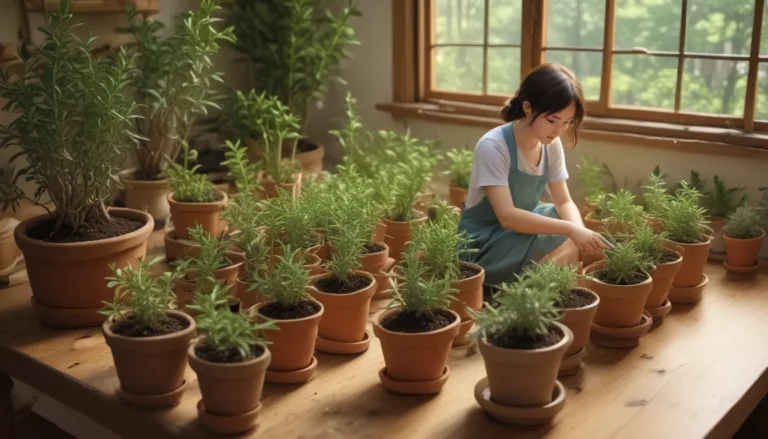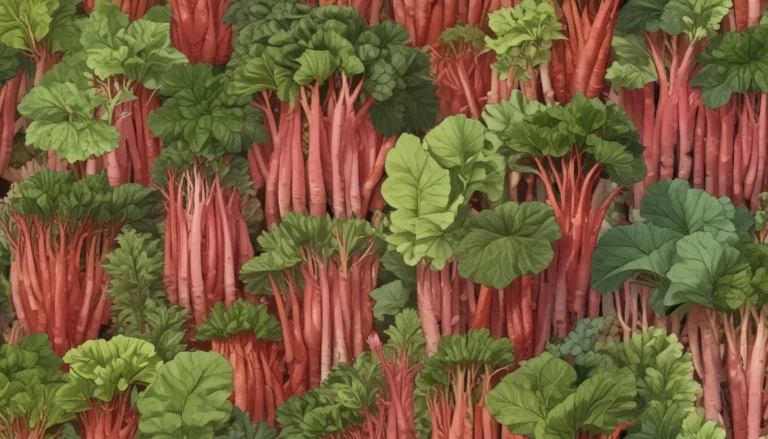Exploring the World of Companion Planting: Benefits, Strategies, and Scientific Proof

When it comes to enhancing your organic garden through companion planting, you may have encountered an abundance of charts suggesting ideal combinations. These charts offer pairings but often leave out the reasoning behind why these specific combinations are effective.
So, how do we know if these partnerships truly work?
Let’s delve into the science behind companion planting to uncover the truth.
Unveiling the Scientifically-Backed Benefits of Companion Planting
Companion planting offers a range of benefits supported by science. From biological pest control to protection and support, these benefits ensure a thriving and diverse garden ecosystem.
Biological Pest Control
In the realm of organic gardening, biological pest control plays a crucial role in managing pests without resorting to chemical pesticides. By utilizing companion planting, you can attract natural enemies like predatory insects that feed on garden pests.
Attracting Natural Enemies
Companion pairings that include insectary plants attract beneficial insects like ladybugs, hoverflies, and parasitic wasps. These insects prey on common garden pests, such as aphids and caterpillars, thus keeping pest populations in check.
Deterring Pests with Smells
Fragrant companion plants like rosemary, lavender, and basil emit odors that repel pests such as aphids and moths. Scientific studies have shown that the volatile compounds released by plants like marigolds can deter whiteflies and harmful nematodes.
Creating Visual or Physical Barriers
Utilizing companion plants as visual or physical barriers confuses pests and prevents them from locating their host plants. Strategic placements of barrier plants can reduce infestations and protect crops from diseases spread by pests.
Trap Cropping
By planting trap crops that attract pests away from main crops, you can concentrate pests in one area and then remove them to prevent damage to valuable plants. Trap cropping, when combined with repellent species, offers effective pest control strategies.
Protection and Support
Companion pairings not only aid in pest control but also provide protection and support for main crops through various mechanisms.
Controlling Weeds
Companion plants act as living mulch, covering bare soil and suppressing weed growth. Interplanting crops like kale and beans can reduce the presence of problematic weeds, leading to healthier plants and higher yields.
Controlling Erosion and Retaining Water
Ground covers planted between main crops help reduce soil erosion and promote water retention. Plants like hairy vetch serve as living mulch, improving soil structure, water infiltration, and overall soil productivity.
Creating Shade
Strategic planting of heat-sensitive crops in the shade of taller plants can prevent overheating and bolting. Utilizing shade-providing companions ensures optimal growing conditions for crops that prefer cooler environments.
Providing Structural Support
Tall companion plants like corn can offer structural support for climbing vegetables like pole beans. This symbiotic relationship not only aids in crop protection but also boosts overall yields through mutual support.
Sharing Soil Resources
Companion pairing fosters coexistence among plants, allowing them to share soil nutrients and space effectively.
Sharing Soil Nutrients
In a polyculture system, where diverse plant species grow together, competition for nutrients is minimized. Nitrogen fixers like legumes contribute nitrogen to the soil without depleting it, promoting healthier growth for neighboring plants.
Sharing Space
Complementary growth habits among companion plants ensure efficient utilization of above and below-ground space. By selecting plants with different nutritional needs and growth patterns, you can create harmonious garden communities that thrive together.
Avoiding Allelopathy
To prevent competition and negative interactions among plants, it’s essential to avoid species with allelopathic effects. Sunflowers and black walnuts are examples of plants that release chemicals harmful to neighboring species, urging gardeners to plan companion pairings thoughtfully.
Embracing Diversity in Your Companion Planting Strategy
Companion planting is not just a gardening technique; it’s a science-backed approach to cultivating thriving ecosystems in your garden. By incorporating diverse companions that offer biological pest control, protection, support, and resource-sharing, you can elevate the health and productivity of your crops.
Remember, successful companion planting involves selecting companions that serve multiple roles like insectaries, repellents, nitrogen fixers, and ground covers. By embracing diversity and strategic planning, you can create harmonious garden communities that flourish together.
Do you have favorite companion planting combinations that have transformed your garden? Share your insights and success stories in the comments below.
For a deeper exploration of the science behind companion planting, consider reading “Plant Partners: Science-Based Companion Planting Strategies for the Vegetable Garden” by Jessica Walliser, available on Amazon.
Happy gardening!
Looking for more inspiring gardening content? Check out these articles:
- 15 of the Best Cover Crops for the Home Garden
- What Are Fruit Tree Guilds? Learn How to Start Your Own
- “Ish” Gardening: Planting with Purpose
- Soil Salvation: Yes, Gardening Does Relieve Stress and Make You Happier





